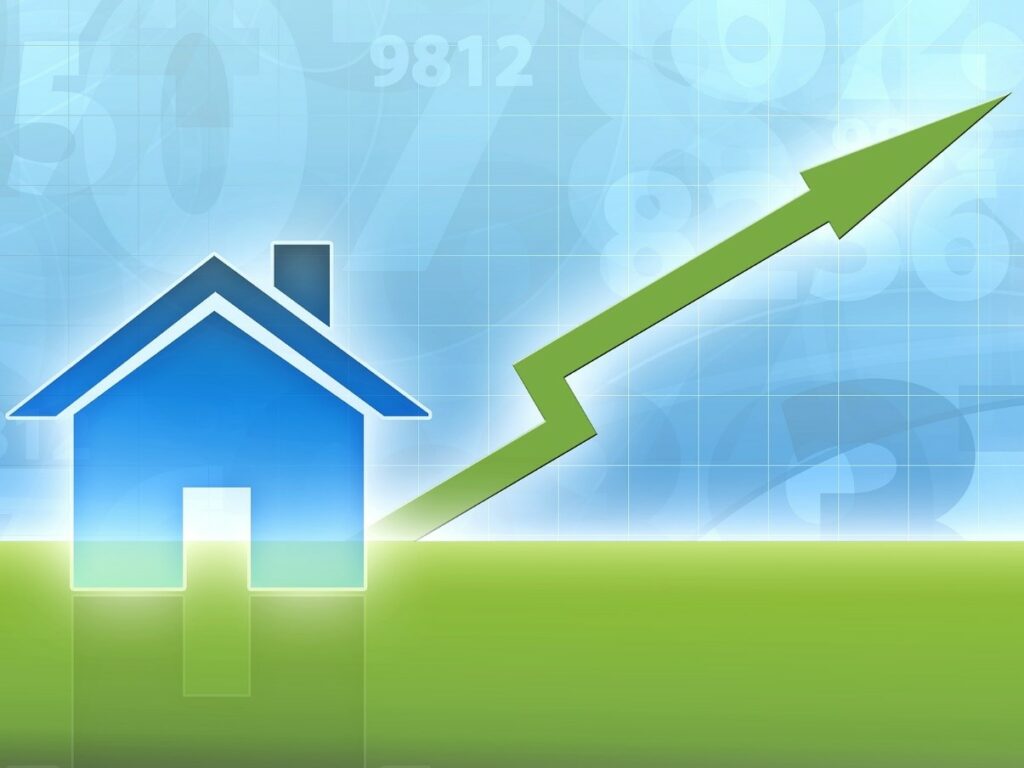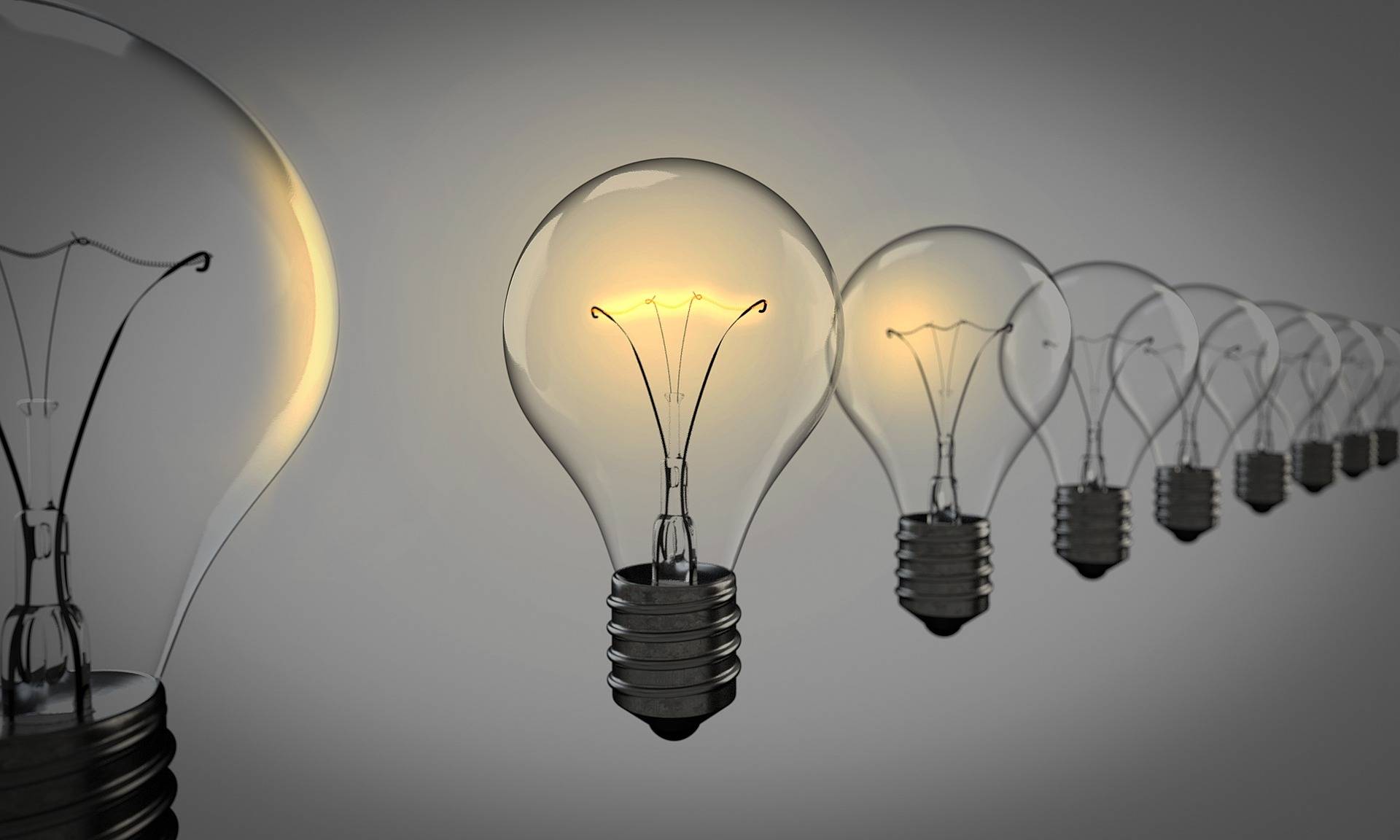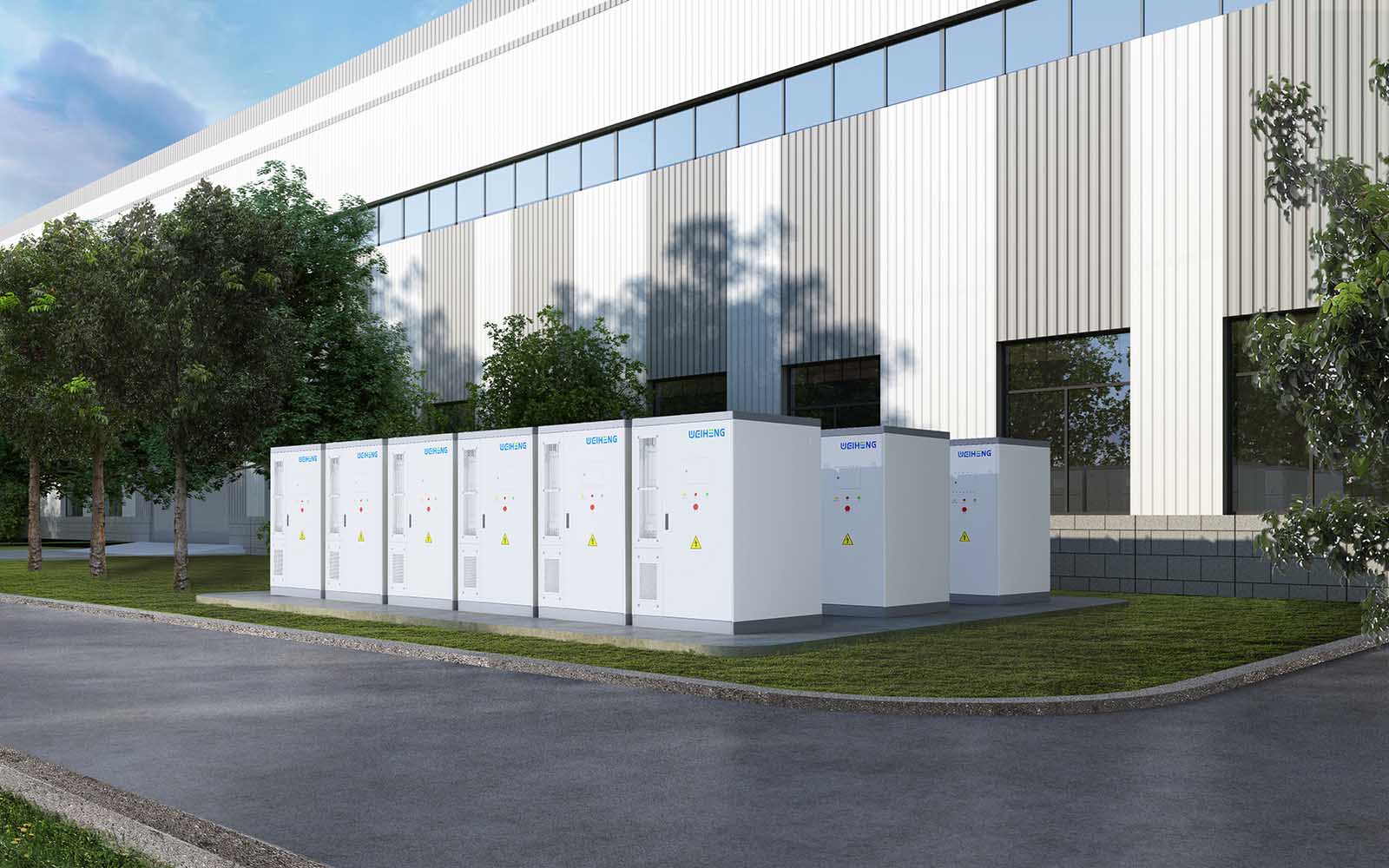
As years pass, the use of solar energy continues to become more and more essential to the global infrastructure. However, as with any emerging technology, there are plenty of misconceptions clouding the understanding of this area. In this blog post, we aim to shed some light on the common myths about solar energy.
Myth 1: Solar Panels Do Not Work in Cloudy or Cold Conditions
One of the biggest misconceptions about solar energy is that it is only effective in sunny conditions. Though solar panels indeed generate more electricity on bright days, they still function in cloudy or non-sunny conditions. In addition to this, overheating solar panels can be an issue during overly warm conditions, so a colder climate could be more effective in this instance.
Myth 2: Solar Energy Storage is Too Expensive
Another widespread myth regarding solar energy is that solar storage solutions are too expensive. Whilst it’s true that these storage systems were pricey when the technology was first released, in recent years, their cost has drastically dropped, making them a far more affordable choice.
According to studies, the cost of solar panels has decreased over the past ten years by about 70%. Many clients in the commercial, industrial, and residential sectors may now afford solar energy because of this large price reduction. Not to mention that the initial expense of solar energy storage devices could result in significant long-term savings. This is a result of continuing power rate decreases as well as government subsidies that support renewable energy sources and help to further offset the upfront expenses. The initial cost of solar energy storage should be weighed against potential long-term savings and benefits. This illustrates the economic feasibility of the solar energy storage system and provides a more accurate view of the cost dynamics at play.
Myth 3: Solar Energy Storage is Not Dependable
A damaging misconception about solar energy storage systems is the belief that they are unreliable/inconsistent as some people think that solar power can only be generated during the day. In reality, surplus energy that is produced during the daytime is stored within the batteries of these storage systems, meaning that this energy can be used at night or during power outages. This therefore showcases the usefulness and reliability of solar energy storage systems.
Myth 4: Solar Panels Decrease Property Values
Of all the myths about solar energy, this one could not be more incorrect.
According to a thorough analysis conducted by the Lawrence Berkeley National Lab (LBL), houses equipped with solar panels not only have a higher chance of selling quickly, but they also fetch a higher price than houses without them. A noteworthy trend was noted by the study, which examined over 23,000 purchases across eight states between 2002 and 2013 and found that purchasers were willing to pay extra for homes with solar installations.

The phenomena is explained by the researchers as a result of consumers realising the long-term benefits of solar panels. They are aware that these energy systems lead to reduced utility costs and promote sustainability, which is highly desirable in today’s eco-aware consumer base. Not to mention the added allure of energy independence, since residences with solar panels require less electricity from the grid.
Myth 5: Solar Panels Cause Damage to Roofs
The idea of solar panels causing damage to rooftops is another widespread myth. Contrary to belief, if installed correctly by a professional, solar panels shield the area of the roof that they cover and protect it from extreme weather. On top of this, installations are often accompanied by warranties, guaranteeing that any potential damage is covered.
Myth 6: Solar Energy is Not Really “Green” Because Manufacturing Solar Panels Uses a Lot of Energy
This misconception implies that the energy required to produce solar panels refutes the idea that solar energy is “green.”
Studies have shown, however, that this is not at all the case. The National Renewable Energy Laboratory (NREL) in the United States conducted research that revealed that a solar panel’s energy payback time (EPBT), or the amount of time it takes to generate the energy it utilises during production, is usually between one and four years.
In addition, the majority of a solar panel’s lifespan—which is typically 25 to 30 years—is devoted to producing electricity that is almost entirely “carbon-free.” Solar panels therefore provide a large net energy advantage in addition to recouping the energy used in their manufacture. Showing how the energy used to make solar panels is swiftly offset by the clean, renewable energy that they produce over many years, validates solar power’s status as a genuinely green energy source.
In summary, with the right conditions, solar energy storage can revolutionise our energy systems, cut greenhouse gas emissions, and increase energy independence. We want to dispel these widespread myths so that more people would choose solar energy as a practical, sustainable, and cost-effective energy source.







